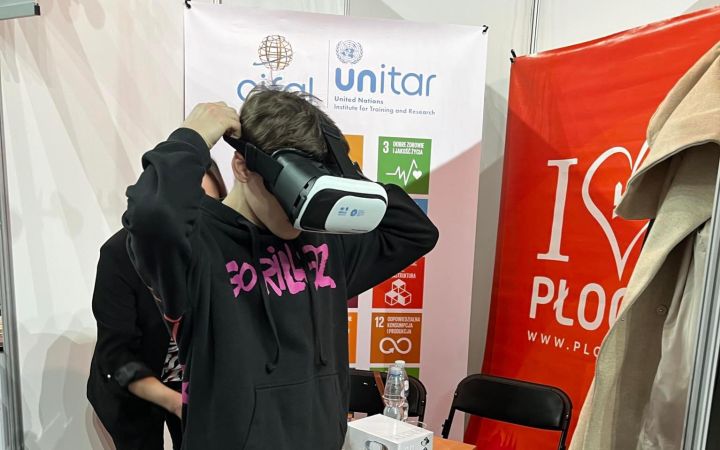Each year, between 5.7 and 8.4 million people are dying due to poor quality care in low- and middle-income countries, accounting for up to 15 percent of their overall deaths. Lost productivity due to poor quality care in these countries is estimated to be around $1.4 to $1.6 trillion per year.
“People not only need to have access to healthcare services, they need to have access to services that are safe and effective, where they are always treated with dignity and respect,” said Dr Anshu Banerjee, Director of Maternal, Newborn, Child and Adolescent Health and Ageing at WHO. “Interventions to improve quality of healthcare are critical for achieving universal health coverage and equity, and reducing maternal and newborn deaths.”
Quality care is a critical issue for maternal and newborn health. More women globally give birth in health facilities than ever before, but this has not always translated into dramatic gains in survival rates for mothers and newborns. It is estimated that 6 in 10 neonatal conditions and half of maternal deaths in poorer countries are due to poor quality services.
Healthcare systems that deliver quality
To be considered of good quality, healthcare must be effective, safe, people-centred, timely, equitable, integrated and efficient. Therefore, quality healthcare systems need to be safe and effective, but also accountable and responsive. They need to listen to patients’ voices – to communities’ needs and wants – and respond to them. They need to treat people with dignity and respect, free from discrimination. And they need to ensure water, sanitation, hand hygiene, electricity and waste disposal so that health facilities are functional, reliable and safe.
Having competent, well trained and supported staff is of course essential, with plans in place to ensure the right staff are available at the right times. Professional education and health workforce management is a critical part of this work, while ensuring appropriate accreditation and regulation for safety and quality standards to be met.
A network for improving quality of care for maternal, newborn and child health
In 2017 10 countries – Bangladesh, Côte d’Ivoire, Ethiopia, Ghana, India, Malawi, Nigeria, Sierra Leone, Uganda and the United Republic of Tanzania – together with WHO and a coalition of partners, joined forces to establish the Network for Improving Quality Care for Maternal, Newborn and Child Health.
These countries committed to halving maternal and newborn deaths and stillbirths and to improving the experience of care for pregnant women, mothers and their babies in health facilities within five years. For this, the Network countries are following the strategic objectives of: Leadership, Action, Learning and Accountability.
A new WHO report, launched on May 4, 2021 – the Quality of Care Network report: Evolution, Implementation and Progress 2017-2020 – provides a critical and timely account of how countries are progressing in achieving the Network goals, and identifies critical levers of change that need to be considered by countries interested in implementing quality care at scale.
Emerging lessons from implementation
The Network has provided a powerful platform for collaboration and learning across programmes and countries. The report calls for a number of measures to help cement and expand gains including the need for strong partnerships and investment to deliver quality care.
In addition, network countries are encouraged to:
- Align strategic investments and increase domestic resources to strengthen the health systems foundations for quality care
- Strengthen and scale up workforce competencies and capacities for quality care
- Support good quality data and health information systems
- Ensure the systematic involvement of communities for accountability
- Establish links with academic institutions to support the development and implementation of national learning platforms
- Strengthen sub-national capacities within countries and across programmes







